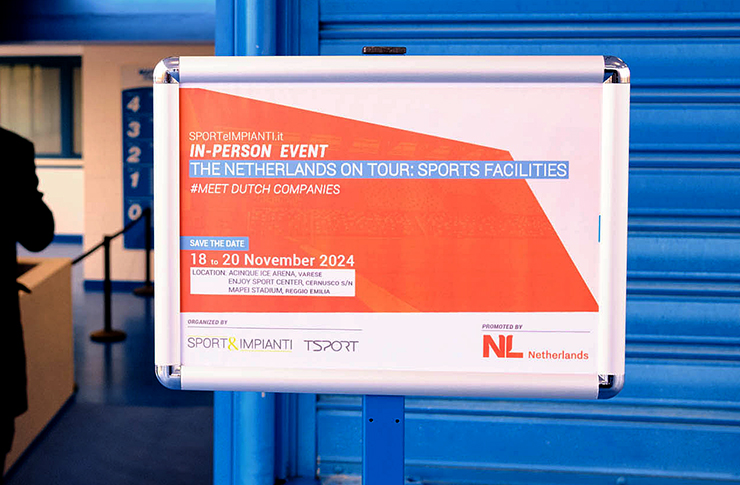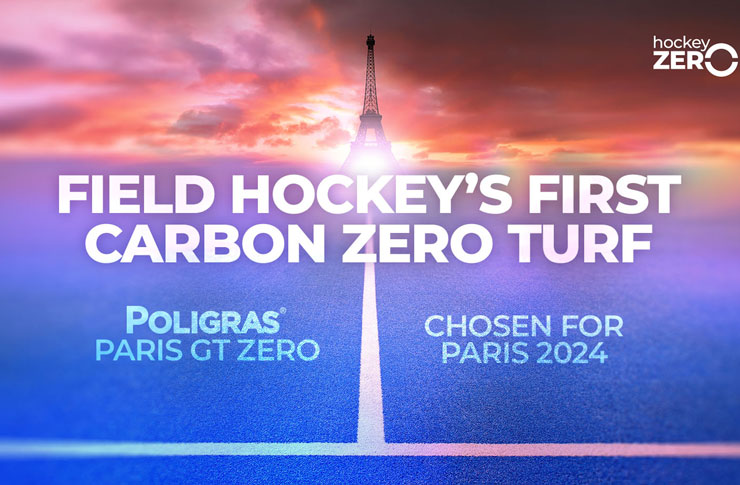Plasteco Milano specialises in textile architecture and produces some very popular types of roofing for sports facilities.
Plasteco Milano, textile architecture for sports facilities

Swimming pool in Porto Santo Stefano (Gr)
Plasteco Milano‘s history has been interwoven with creativity and capacity for innovation since its beginnings, and bears in its genes the continuous need for renewal. Technological evolution proceeds in two directions: on the one hand, moving on the world scene to find cutting-edge materials and products; and in this field there are several technological solutions that Plasteco Milano was the first to introduce on the national market. On the other hand, by constantly renewing production processes to keep them up to the new challenges posed by the global market.
In the world of textile architecture, which with Plasteco covers various sectors of use, we focus on the two types of roofing widely used in sports facilities.
Steel and wood tents by Plasteco Milano
They combine a rigid steel or wood structure with a high-strength roofing membrane. These are glulam or steel marquees of a permanent nature designed to protect medium to large surfaces, such as roofing for sports facilities or accessory spaces of large sports facilities. They can be made of either single or double membrane; in the latter case, high energy savings are achieved.
Recent works include the replacement of the roofing of the municipal gymnasium in Borghetto Santo Spirito (Savona), which covers an area of approximately 325 square metres.
The membrane, in the central part, is supported by five wooden arches, while on the heads it is pulled and fastened to the perimeter wall, which is also made up of a platform supported by wooden poles, joined with prefabricated panels. The membrane is made of polyester matrix fabric and double PVC coating stabilised by internal overpressure, lacquered on the outside and treated with anti-mould.
A different structure affects the field of the Bocciofila Savonese. The membrane is supported here by a 19 x 31 m load-bearing metal structure built according to a spatial reticular pattern with internal mesh stiffeners; all structural elements are composed of tubular steel rods with a circular cross-section, appropriately sized. The membrane, as in the previous example, is made of polyester matrix fabric and double PVC coating stabilised by internal over-pressure, lacquered on the outside and treated with anti-mould.


From left, Bocciofila Savonese and municipal swimming pool in Borghetto Santo Spirito (Sv)
Airdomes and Air-supported structures by Plasteco Milano
Pressostatic roofs do not have a rigid load-bearing structure, but are supported by the atmospheric overpressure created in the interior environment.
The air-supported structure has been particularly successful in sports and leisure spaces, to which over 70% of all structures of this type built can be attributed.
Among sports applications, particular mention must be made of tennis court roofing, which still today holds the largest percentage of use in the sector, due to its low cost and practicality, which allows it to be quickly dismantled when needed.
Swimming pool covers are also frequently requested, as are covers for riding arenas, bowling alleys, volleyball, basketball and five-a-side football pitches, skating rinks and school gyms.

Each pressostatic enclosure can be designed with a single or double membrane, or even a triple membrane, the latter being characterised by greater operating economies due to less heat loss.
A recent example is the roofing of two tennis courts in Maisons-Affort, in the Marne Valley in France (left, the plan).
The two courts cover approximately 1,384 square metres, but as they are staggered, they required a special pressostructure design. Given the irregular plan form of the pressostatic balloon, reinforcements were provided at the nerve points of the corners, which not only have a structural function to maintain the shape of the pressostatic, but are also aesthetically pleasing, resembling flower petals.
Heating is carried out by means of a main generator which, connected by means of pre-welded sleeves to the membrane, conveys the hot air inside the structure.
The membrane is made of polyester matrix fabric and double-coated with P.V.C. stabilised by internal overpressure, lacquered on the outside and treated with anti-mould. The height of the domes is approximately 9 metres, and at the apex is a translucent part that allows natural light to enter the structure.
Another example is the roof of an outdoor swimming pool in Porto Santo Stefano (Grosseto), with a surface area of 1,056 square metres. The membrane is similar to those described above.
Heating is carried out by means of a main generator which, connected by means of pre-welded sleeves to the membrane, conveys hot air inside the structure. Hot air is then distributed throughout the interior volume via the destratifier.
This is custom-designed for each structure, depending on the capacity requirements of the machine, the volume to be heated, and the type of activity taking place inside.
As a safety system, there are poles approximately 4 metres high anchored to the ground on the short sides of the pool and connected to each other by metal ropes, which serve to contain any possible fall of the pressostatic balloon, allowing the people present to exit through the doors in total safety.
News by Plasteco Milano











